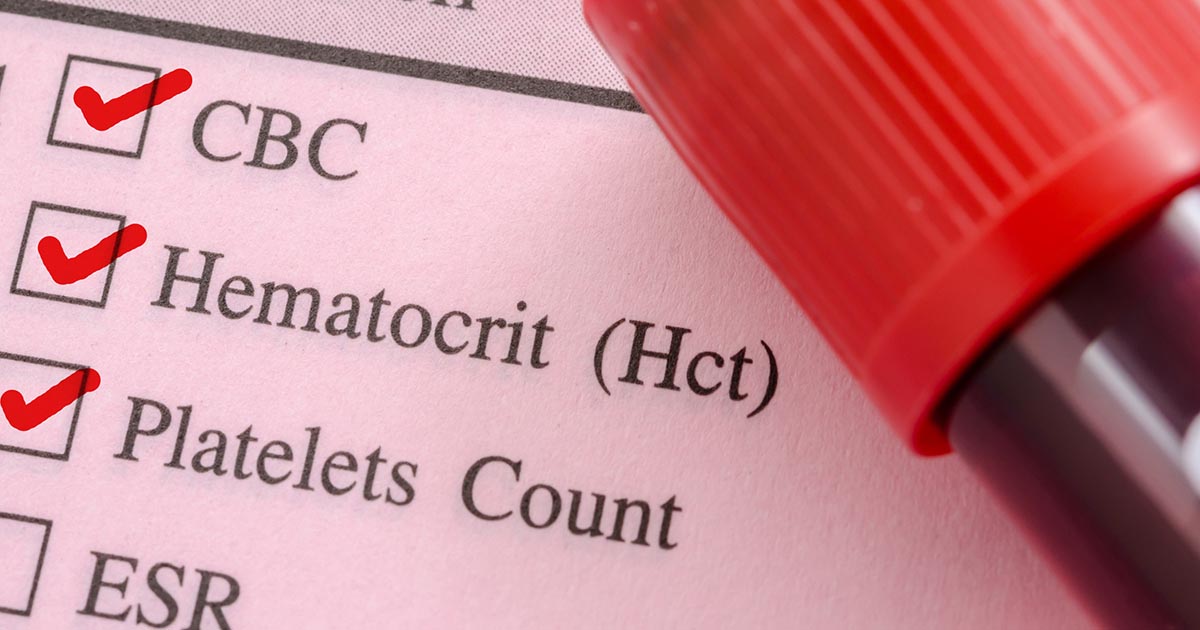Treatment For Idiopathic Thrombocytopenic Purpura
Idiopathic thrombocytopenic purpura (ITP) is caused when a person's immune system thinks their platelets are foreign bodies that must be destroyed. After the immune system attacks and destroys the platelets, individuals are much more susceptible to bleeding and bruising, as platelets are necessary for clotting. To receive a diagnosis, doctors will attempt to exclude any other potential causes of low platelet counts and bleeding. In mild cases, a person might just need to have their platelets checked regularly. Children, in particular, will usually recover without any treatment. However, severe and chronic ITP needs some form of treatment.
Immunosuppressants

Before prescribing any medication, your doctor will discuss the supplements and medications you're currently on. Some common supplements inhibit the function of platelets. Blood thinners like ibuprofen and aspirin are in this group. You may need to stop taking them to avoid diminishing your low platelet count even further. Immunosuppressants tend to be the first medicated course of action. One of the most common medications is prednisone, which decreases immune system activity. When the immune system isn't so aggressively attacking your platelets, your platelet count will rise.
After the platelet count has returned to a level safe for normal function, your doctor will give you directions for how to slowly discontinue the medication. This process typically takes between two and six weeks. One potential problem is adult idiopathic thrombocytopenic purpura patients might experience relapses after they discontinue the medication. The doctor might attempt a new course, but it's not recommended to use these medications for long periods due to the serious side effect risks, which include osteoporosis, increased infection risk, high blood sugar, and cataracts.
Medication To Boost Platelets

Your doctor might recommend a variety of different medications to boost platelets. A thrombopoietin receptor agonist is capable of helping a person's bone marrow to produce larger amounts of platelets. Two of the most commonly used medications are romiplostim and eltrombopag. As with most other medications, there are potential side effects. You might experience nausea or vomiting, dizziness, headaches, and an elevated risk of developing blood clots. If your body creates too many platelets, you might have the opposite problem; your blood might clot when it isn't supposed to, rather than bleeding when it should be clotting.
This course of action is generally used when a patient's platelet count is so low that the increased risk of clotting is negligible. If a course of corticosteroids doesn't work, a doctor might prescribe these drugs following a relapse, possibly with a second corticosteroid course. However, the corticosteroids will usually be attempted on their own, so as not to risk the potential side effects from these medications.
